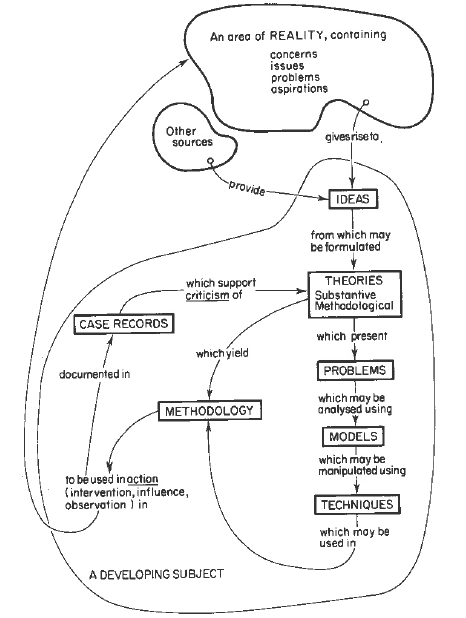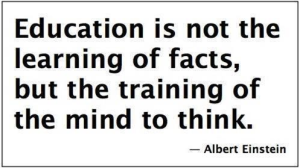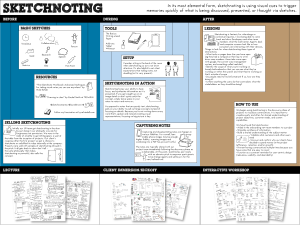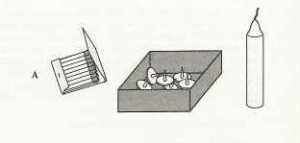Want to read and hear something that will challenge the way you think?
Something that will literally re-shape the way you see the world?
Blog posts on systems thinking
I’ve been writing about systems thinking for 10+ years. So, this blog has a ton of stuff on the topic.
Systems thinking blog posts in this blog: https://multispective.wordpress.com/?s=systems+thinking
Podcasts on systems thinking
Here’s a collection of podcasts on the topic of Systems Thinking. There’s quite a range in tone, density, accessibility, sometimes industrial jargon is used, so, feel free to surf around until you find one you like.
Podcasts on systems thinking:
Tunein – http://tunein.com/search/?query=systems%20thinking
Podcast Directory – http://www.podcastdirectory.com/episode-search-for/systems+thinking.html
Entry-level – Here’s a link to one podcast that I thought was easy to understand and accessible to the general public.
More podcasts?
Feel free to search for “Systems Thinking” in other podcast directories. Here’s a list of 50 podcast directories out there:
http://propodder.com/2011/10/top-50-podcast-directories/
http://tunein.com/embed/player/t97549404/
Videos
Peter Senge: “Systems Thinking for a Better World” – Aalto Systems Forum 2014 – https://www.youtube.com/watch?v=0QtQqZ6Q5-o
Internet Archive – https://archive.org/search.php?query=systems%20thinking





 Women become persons under Canadian law.
Women become persons under Canadian law. 
 Problem-solving and brainstorming in a rut?
Problem-solving and brainstorming in a rut?  Duncker’s (1945) candle problem
Duncker’s (1945) candle problem